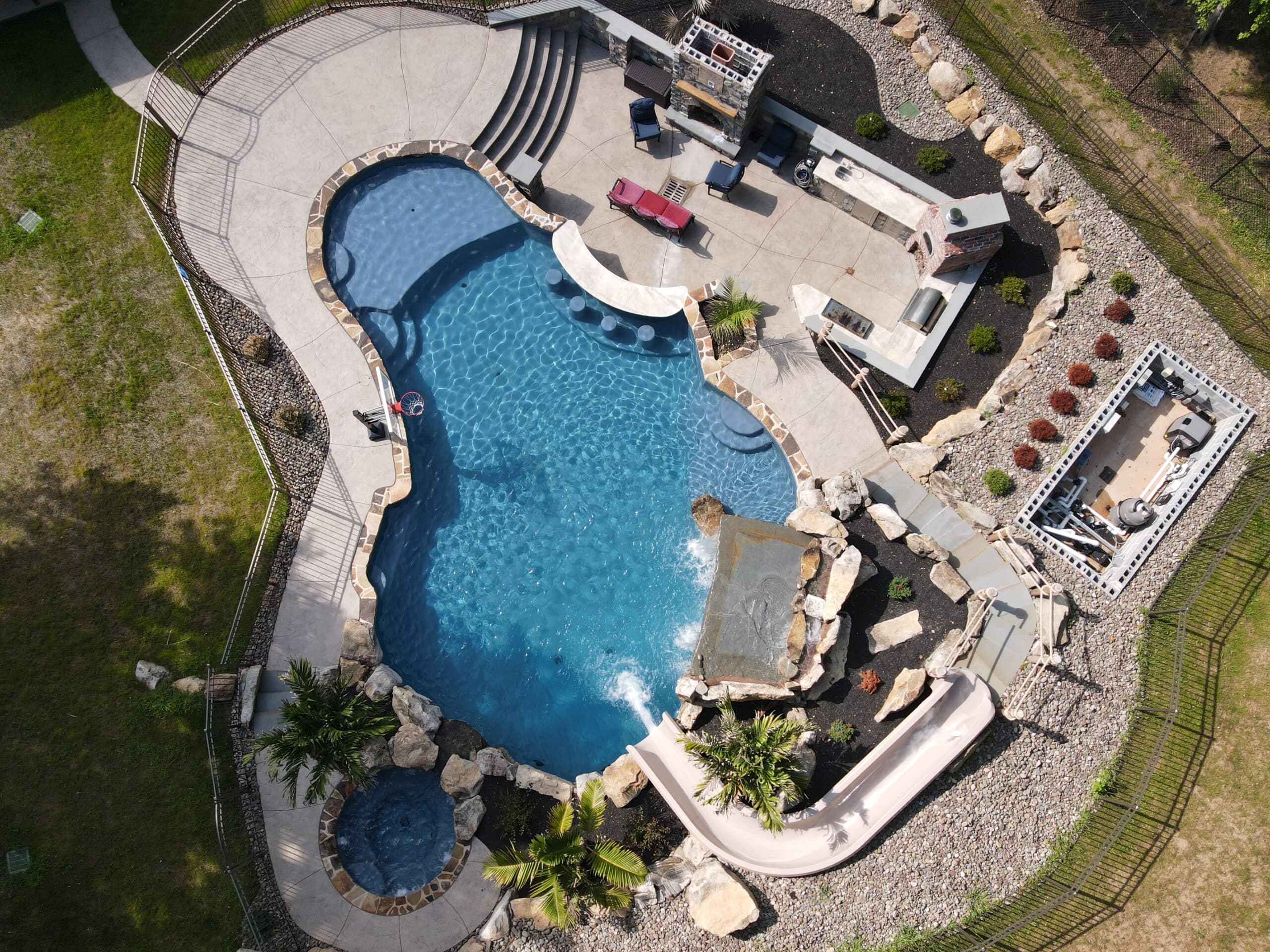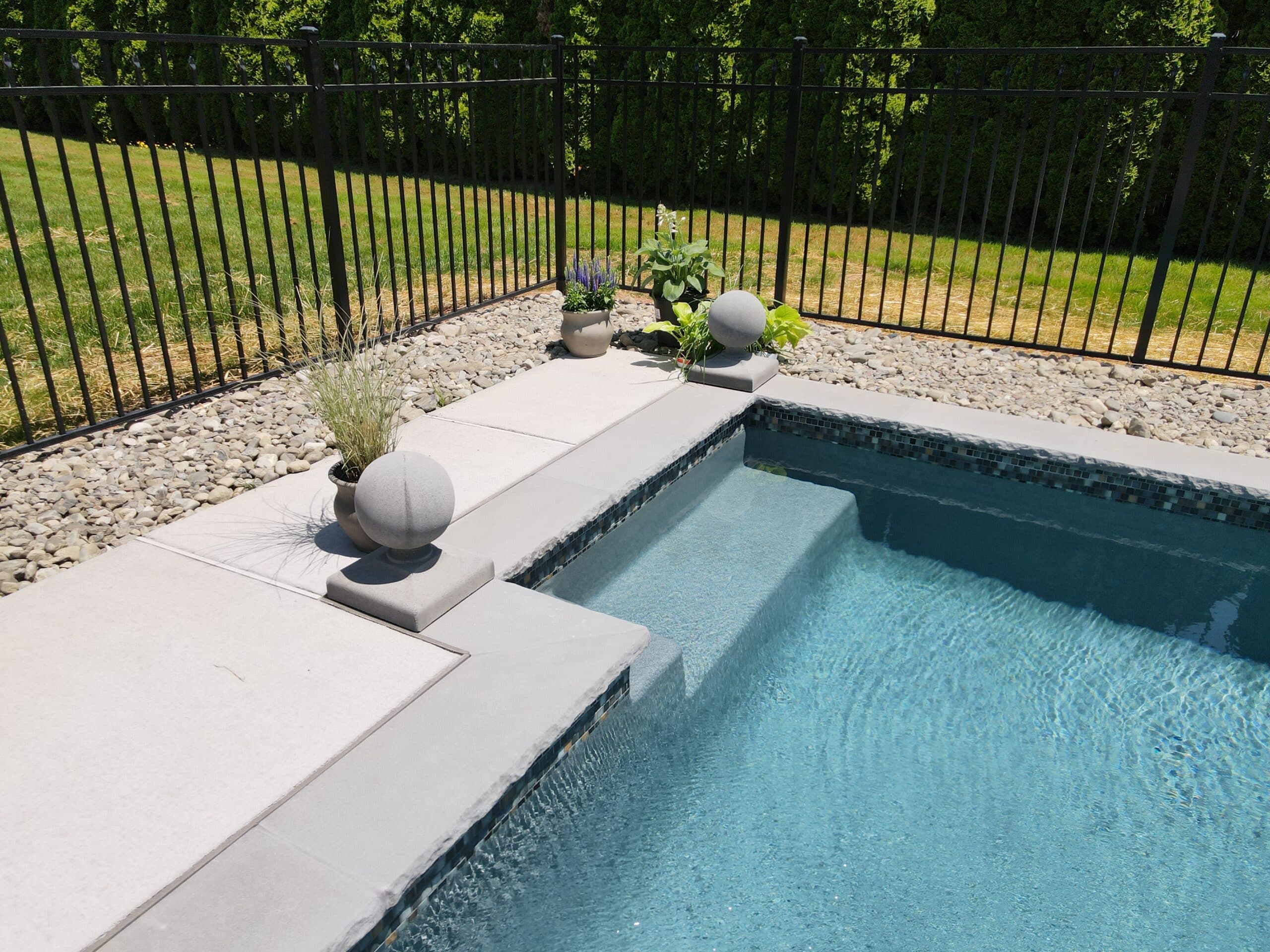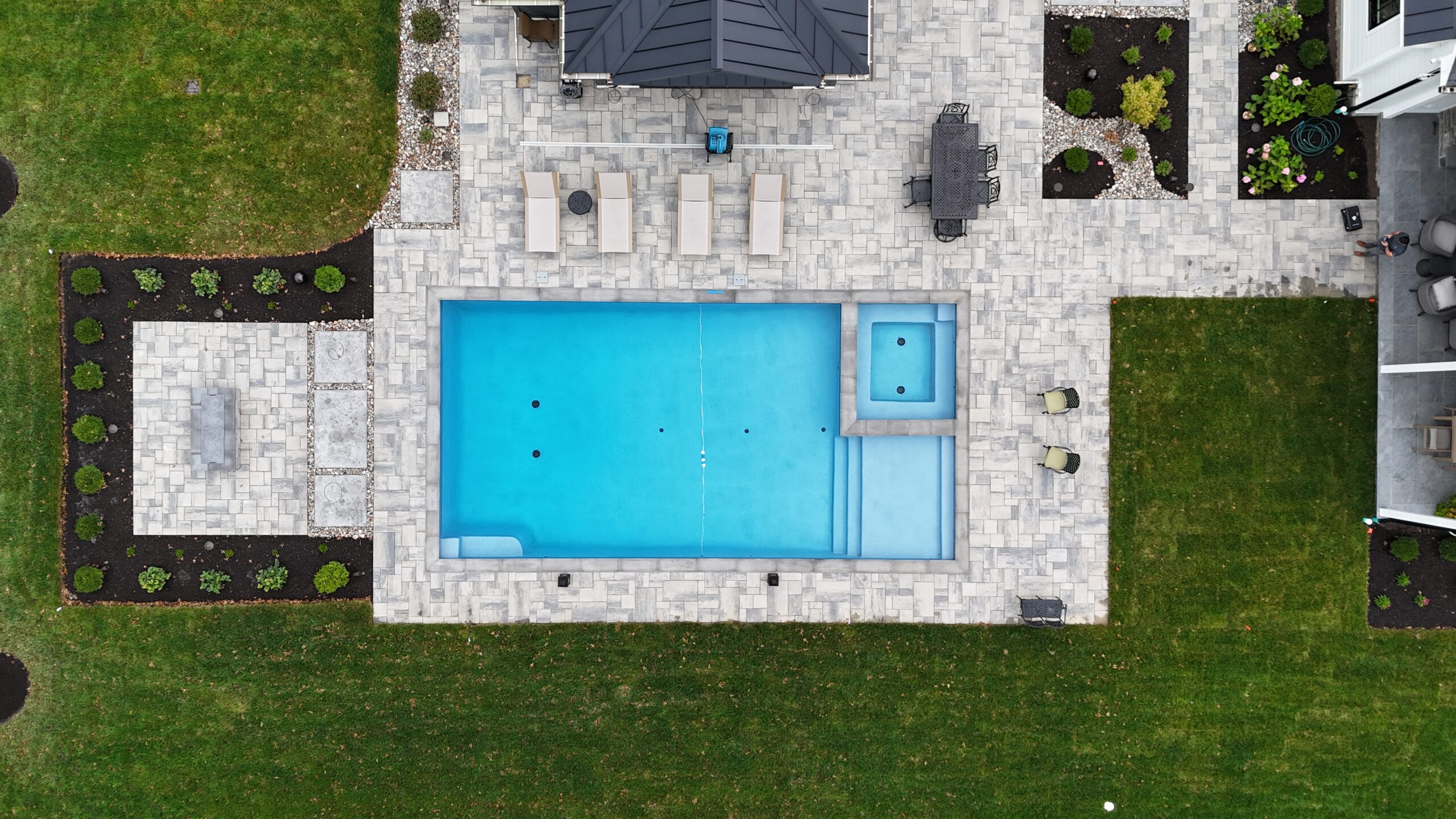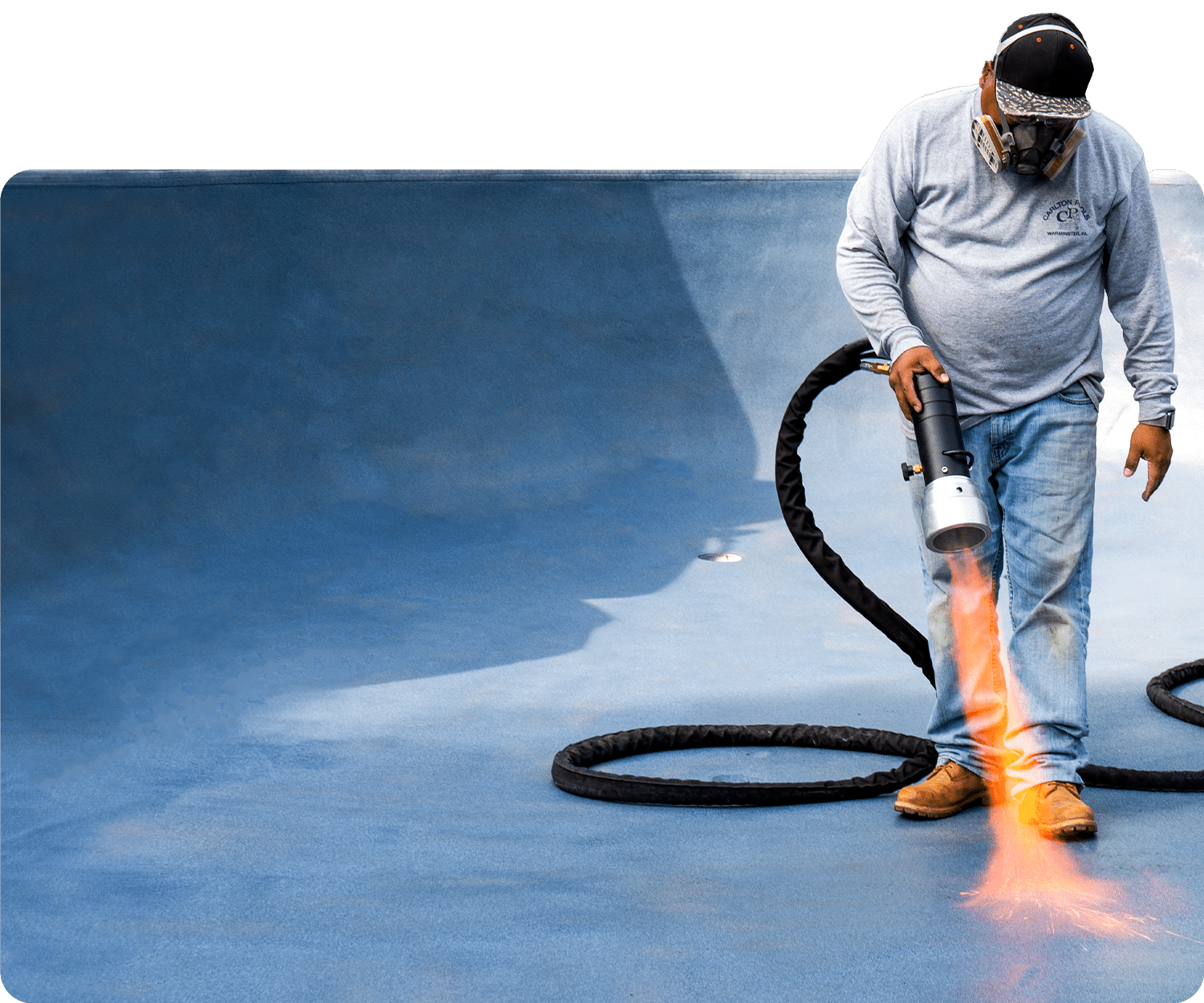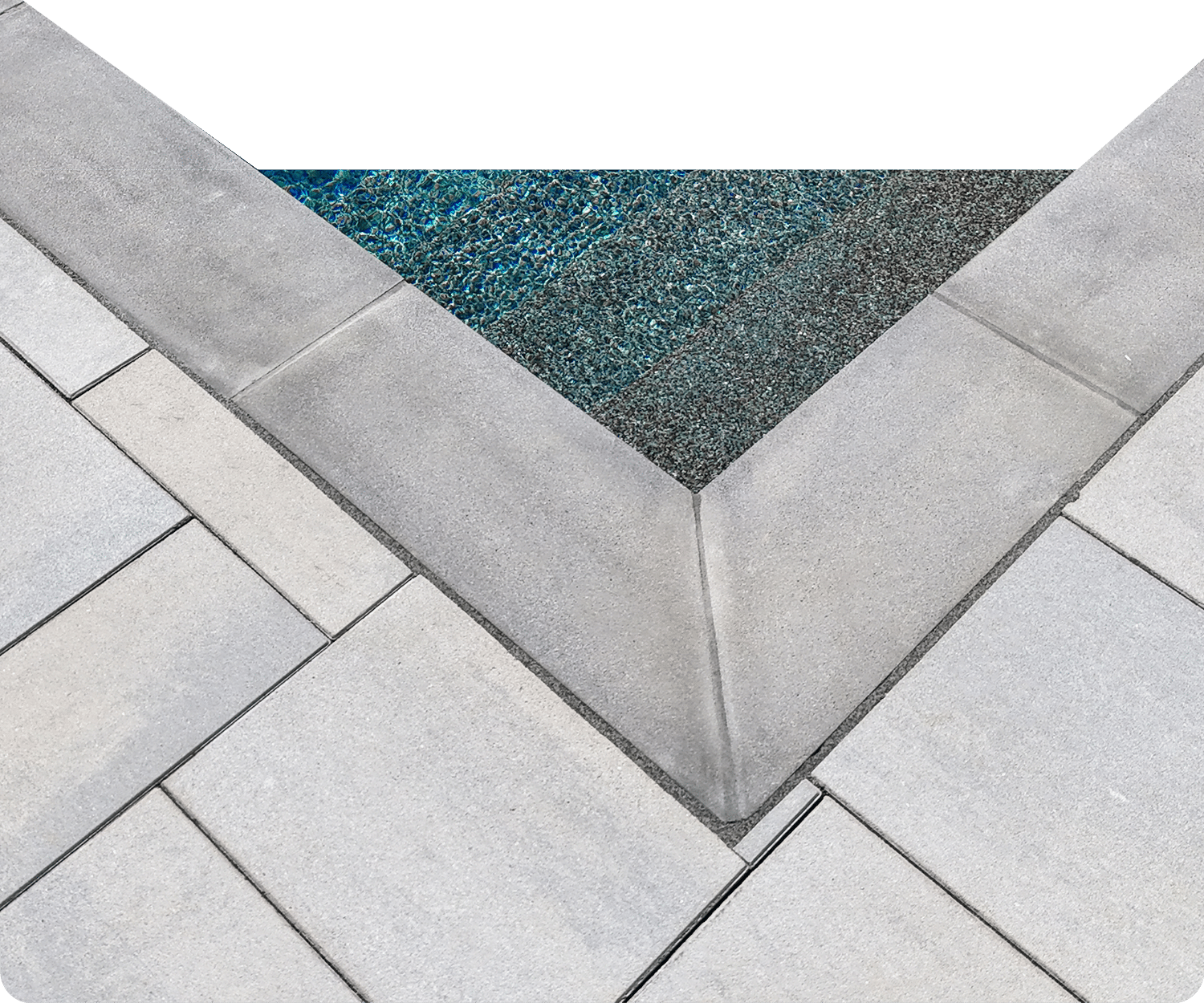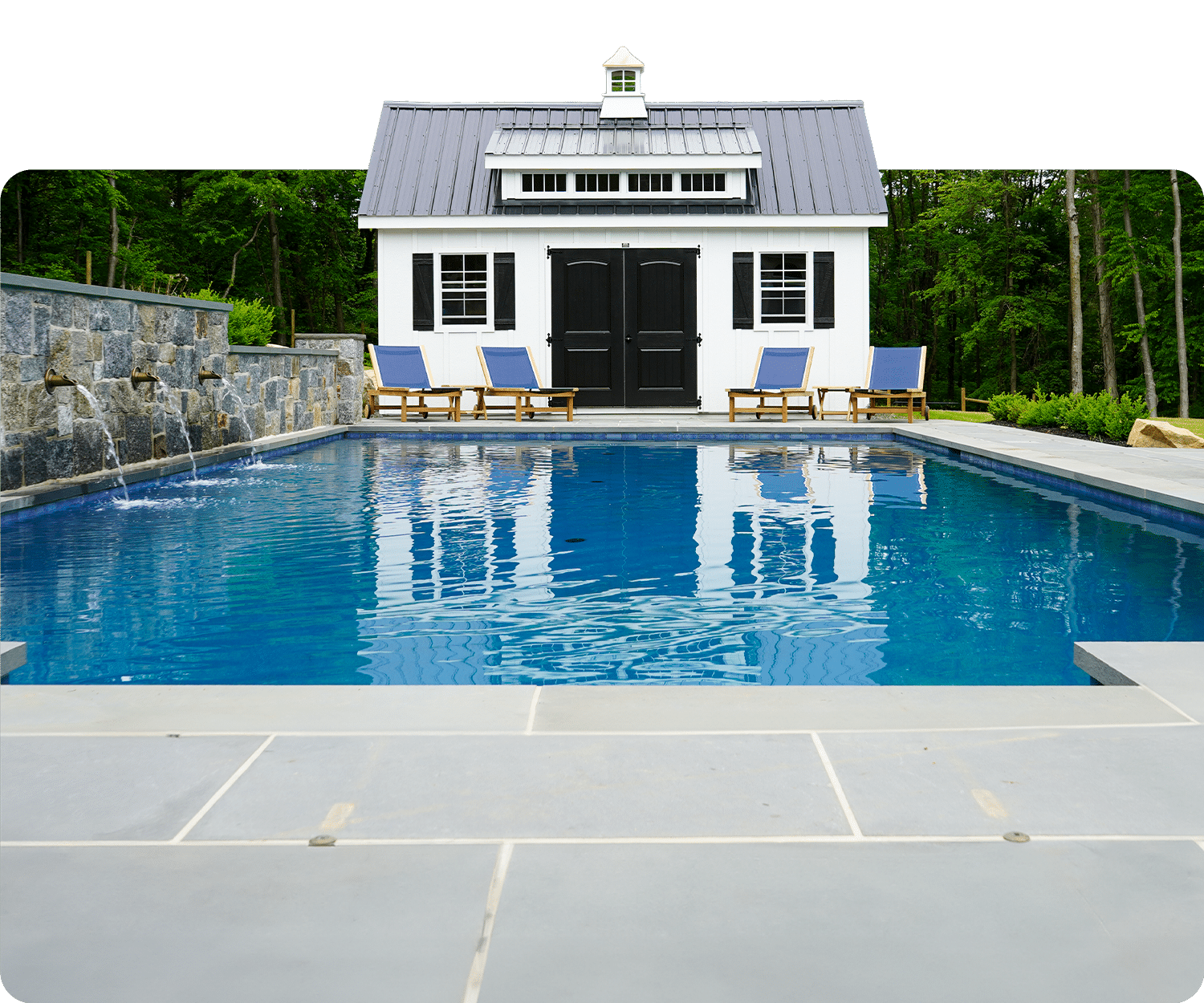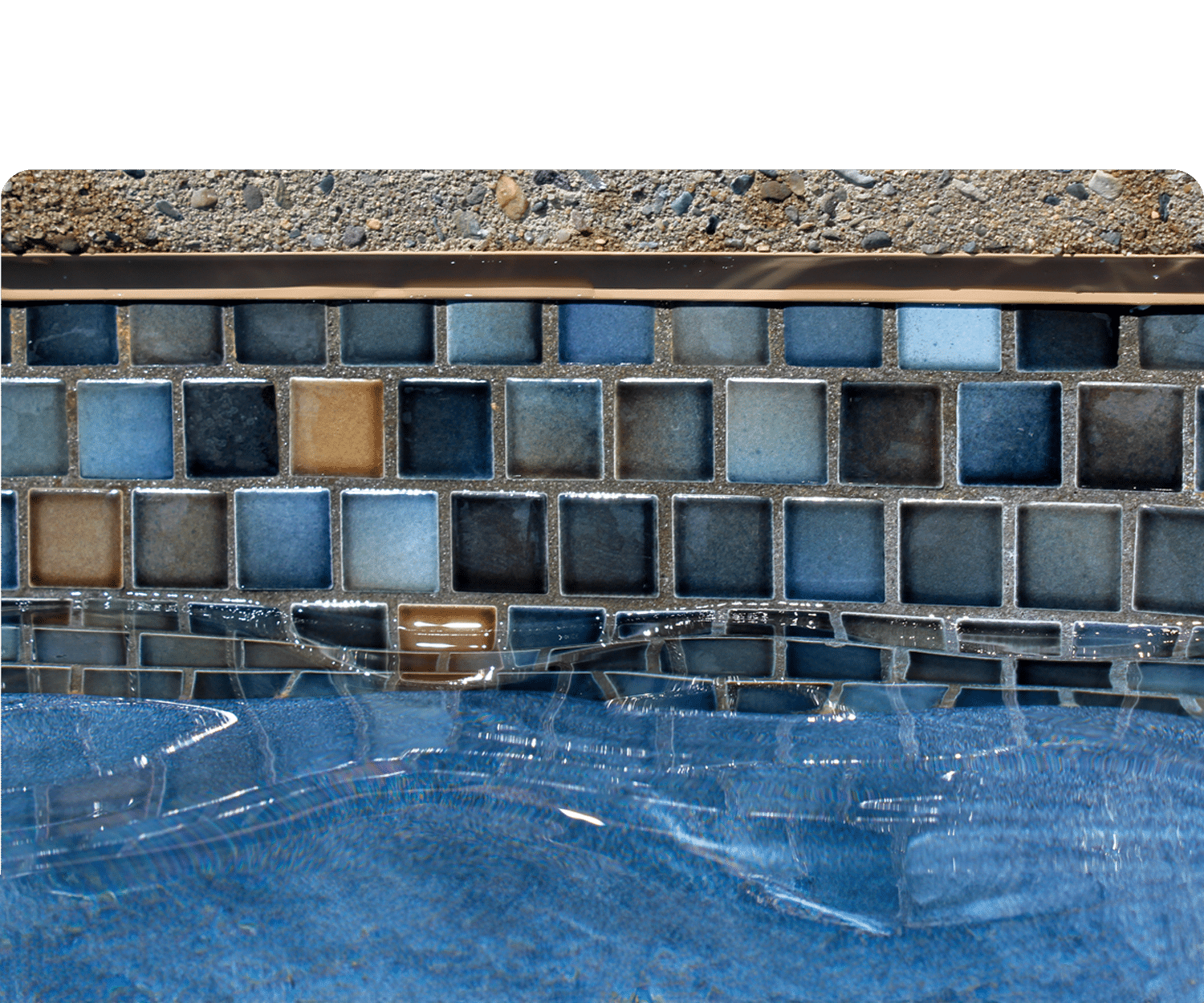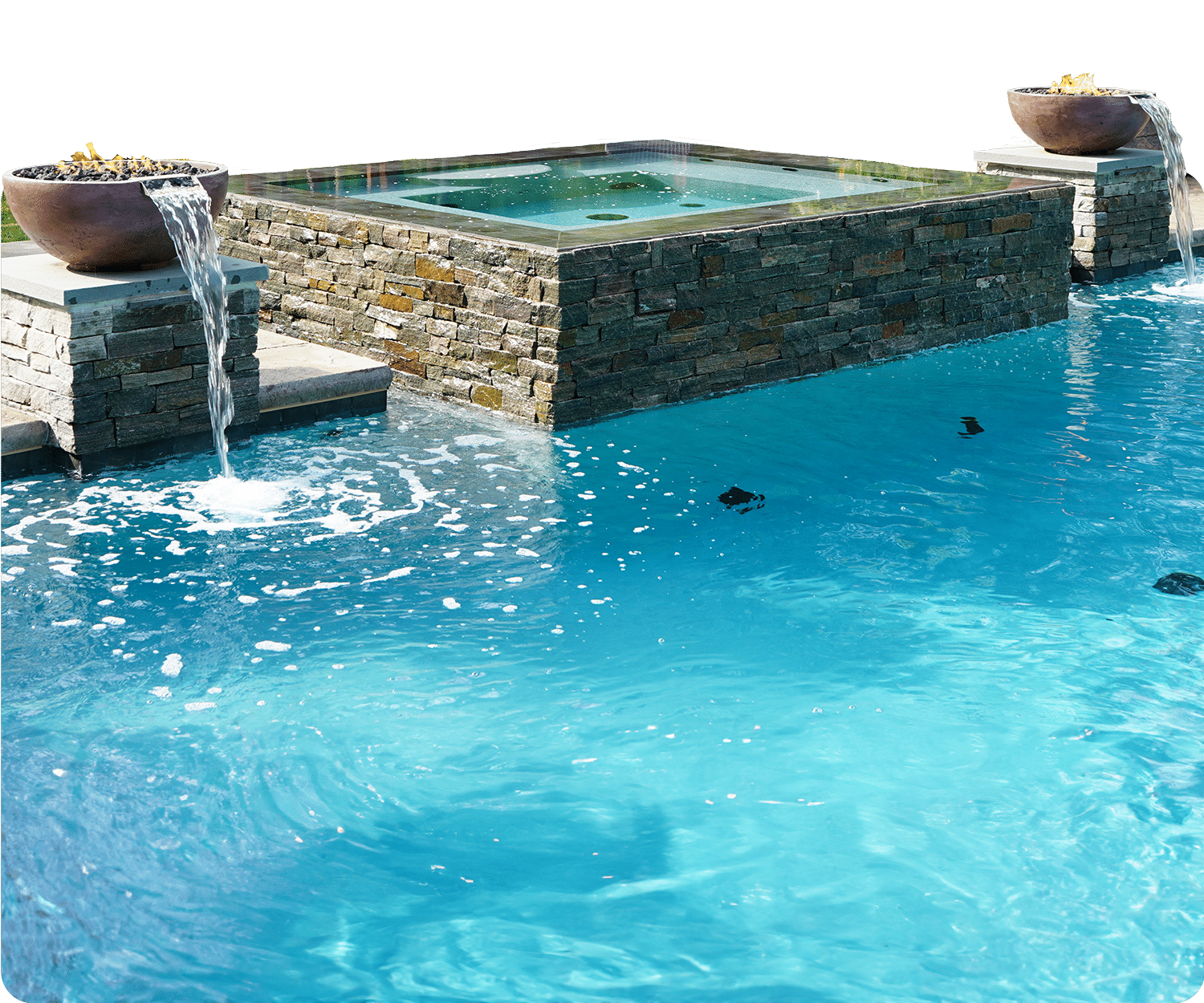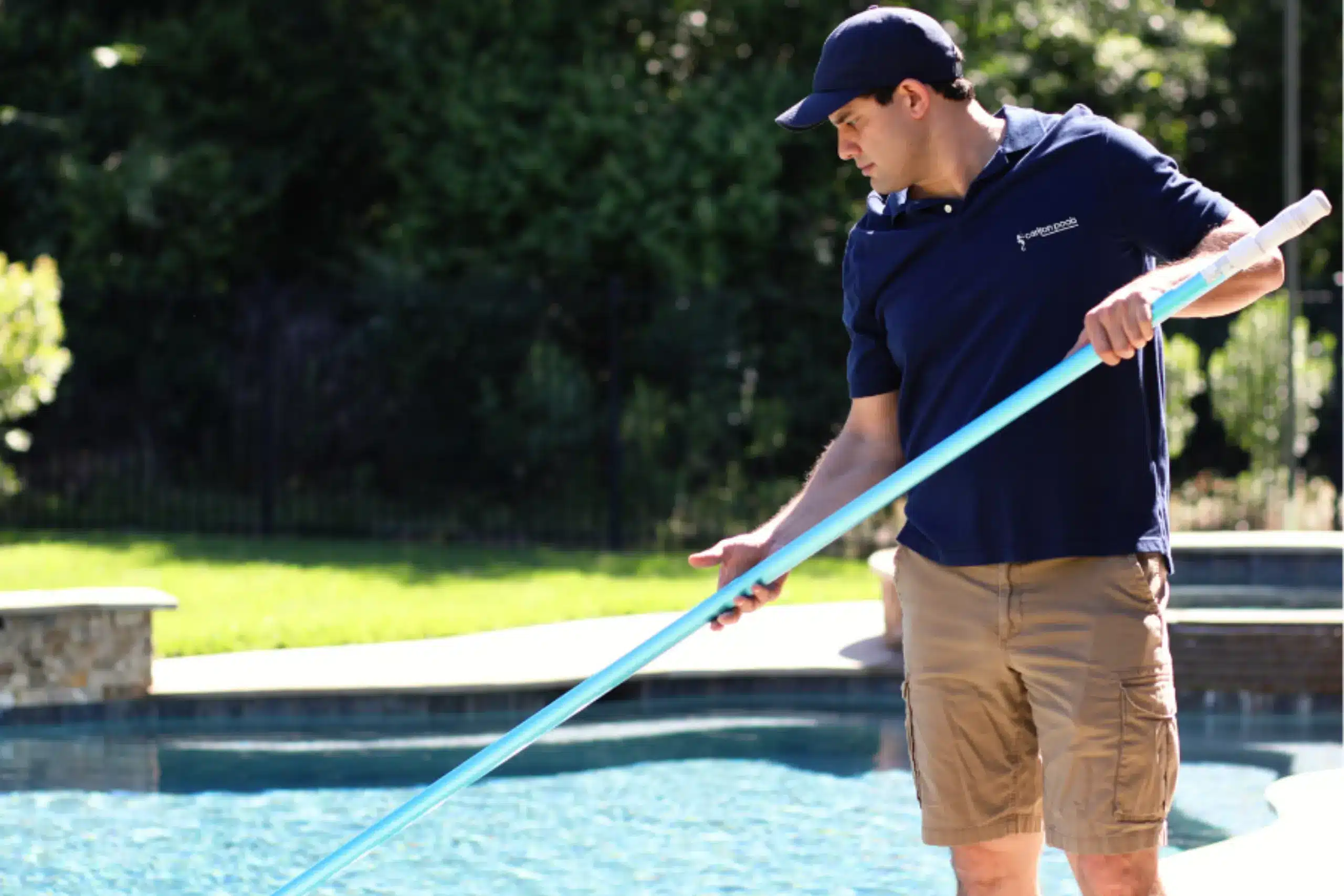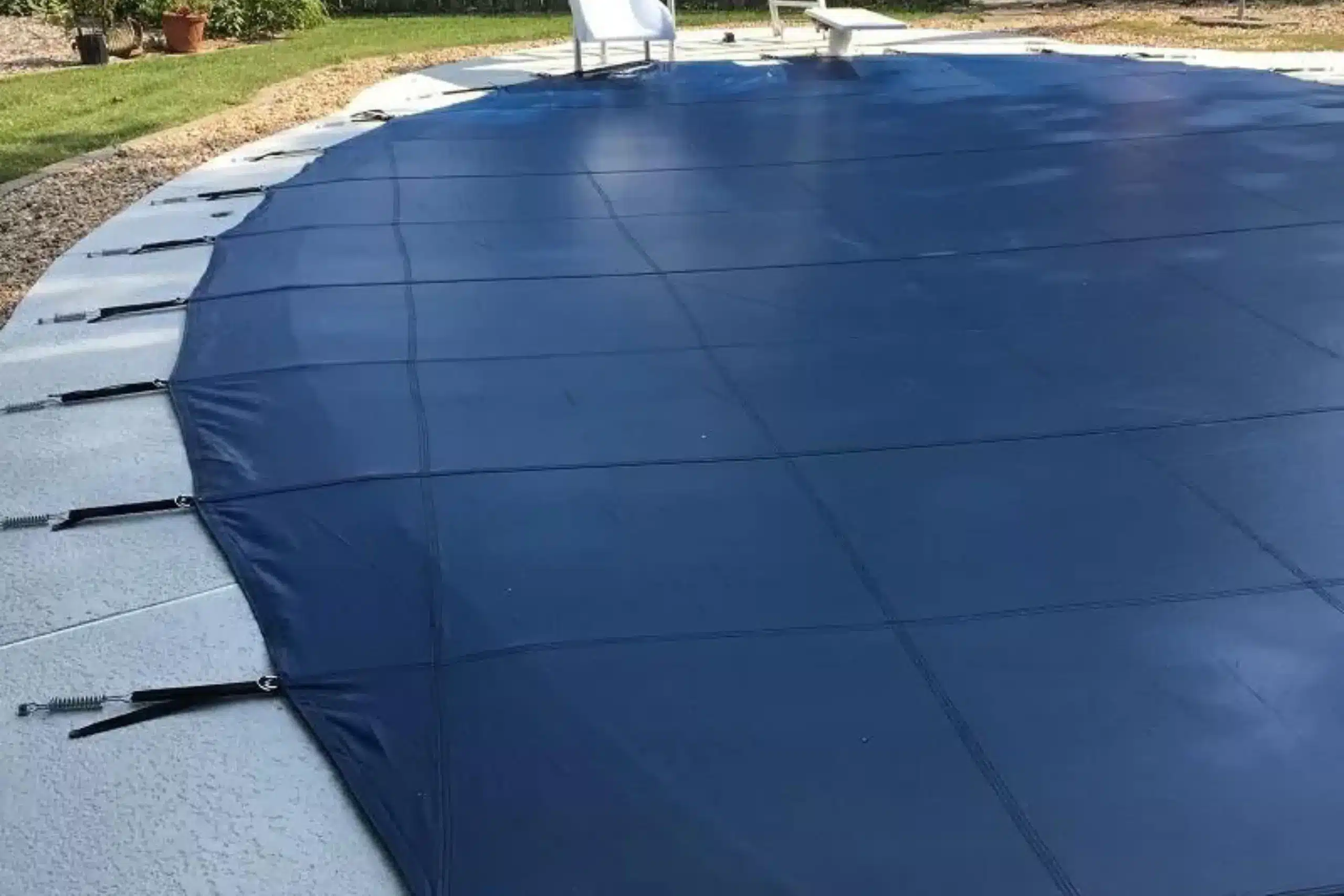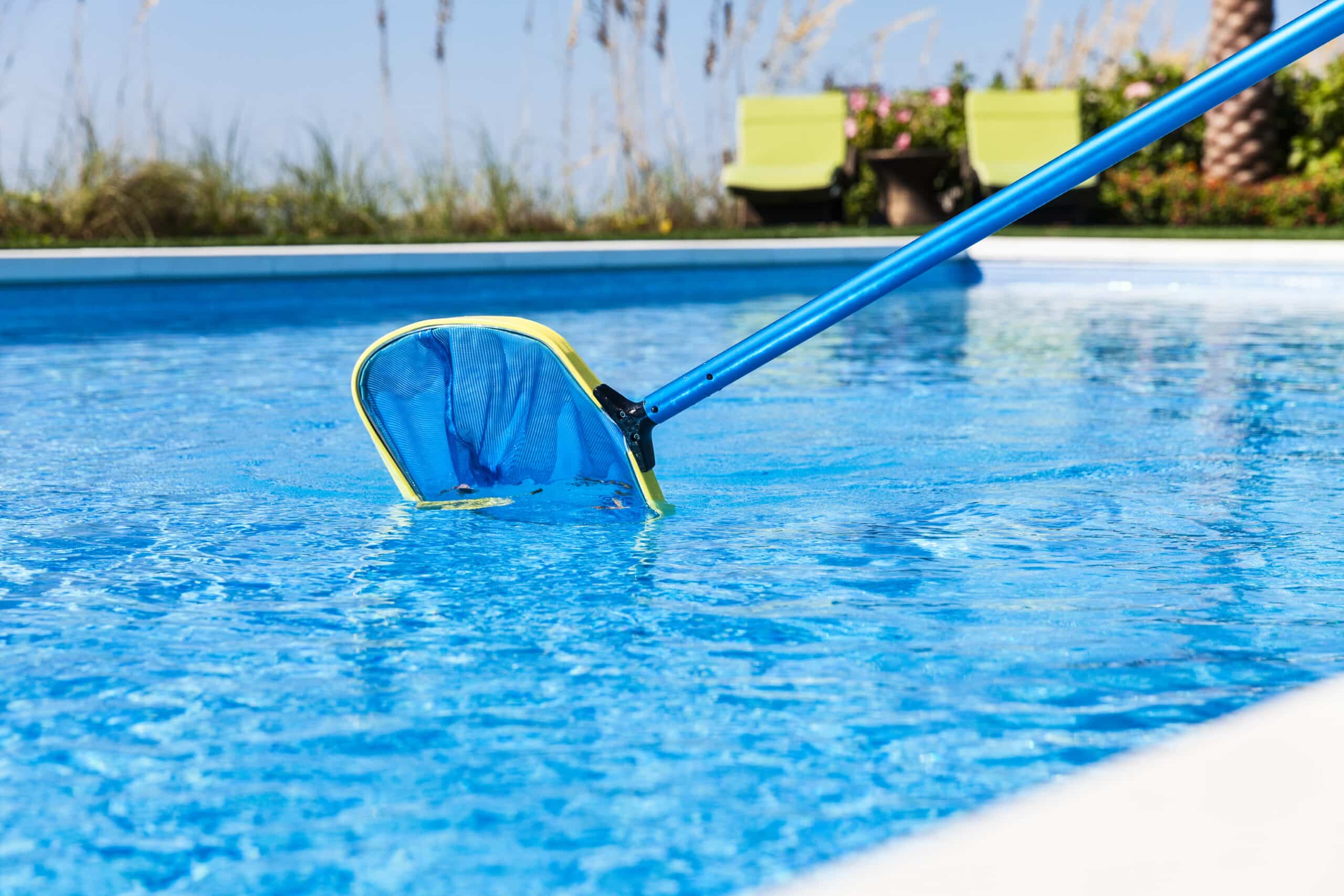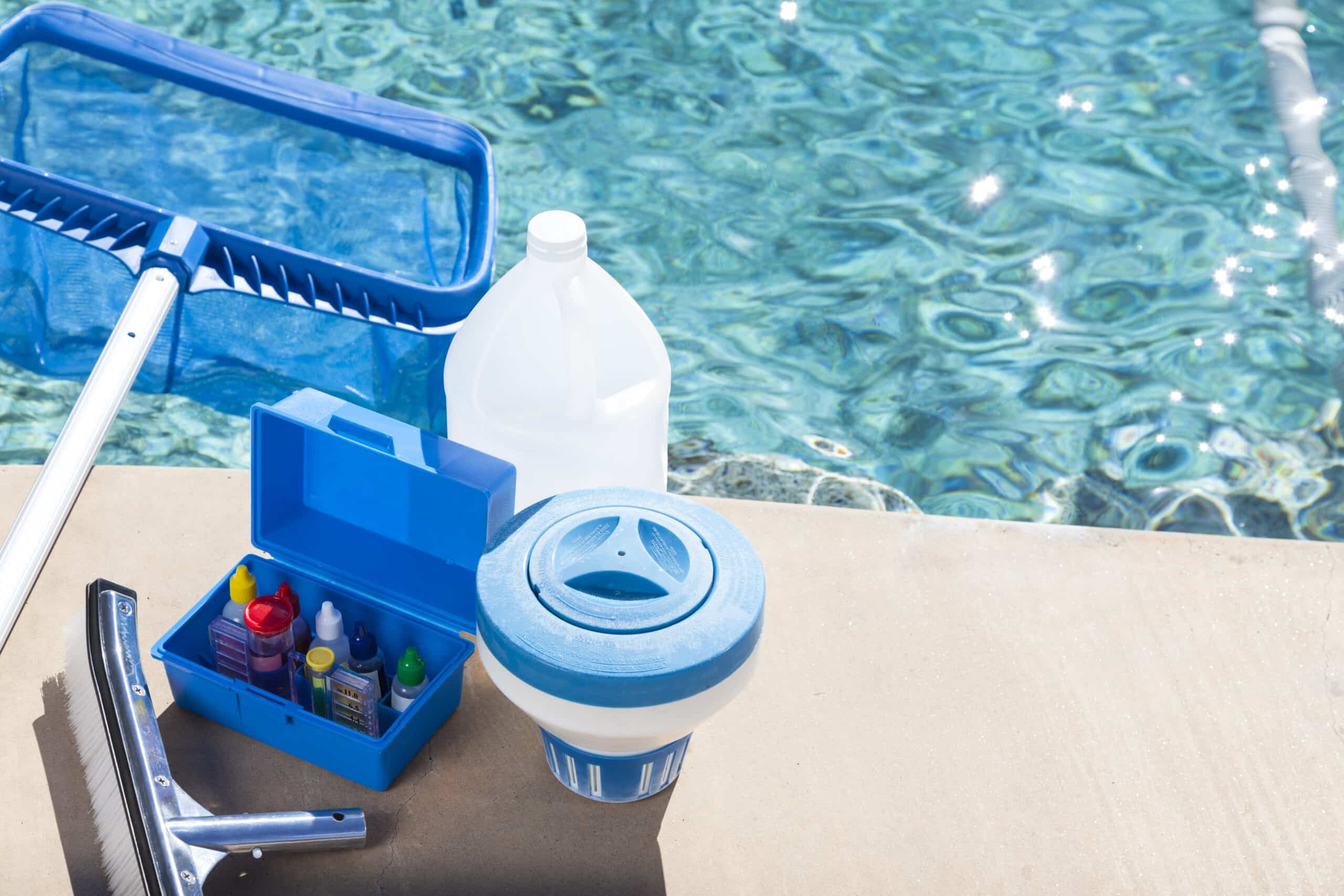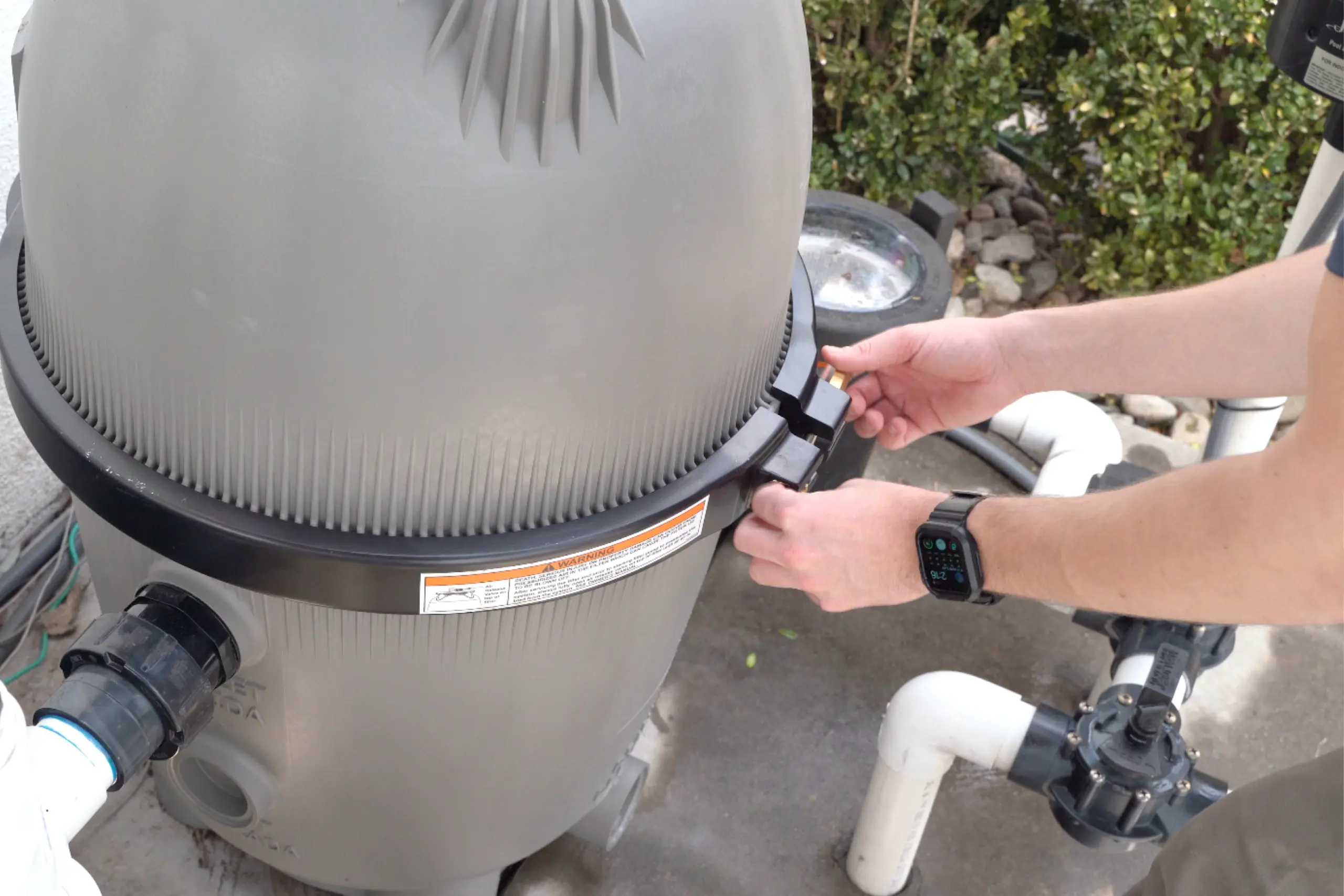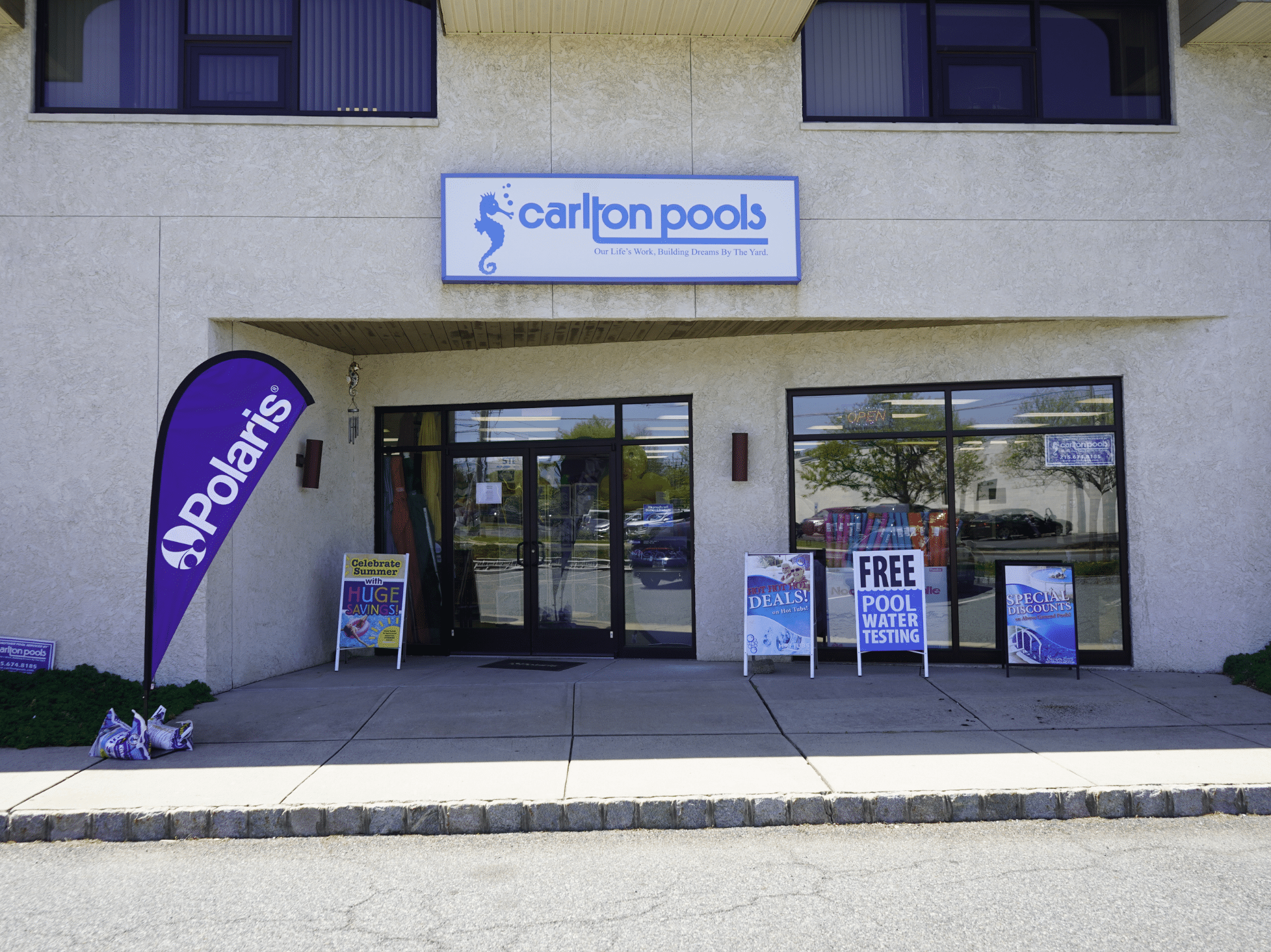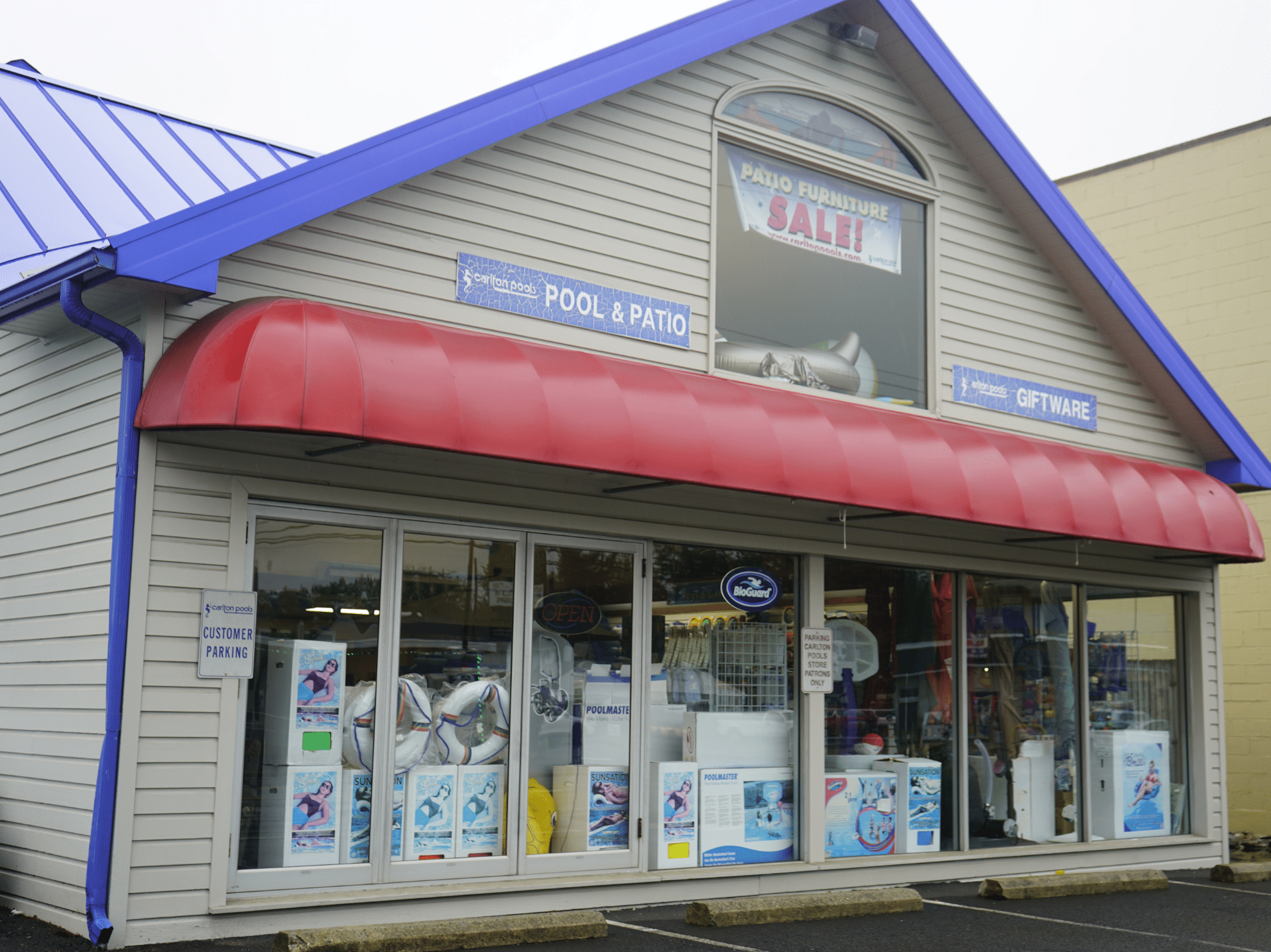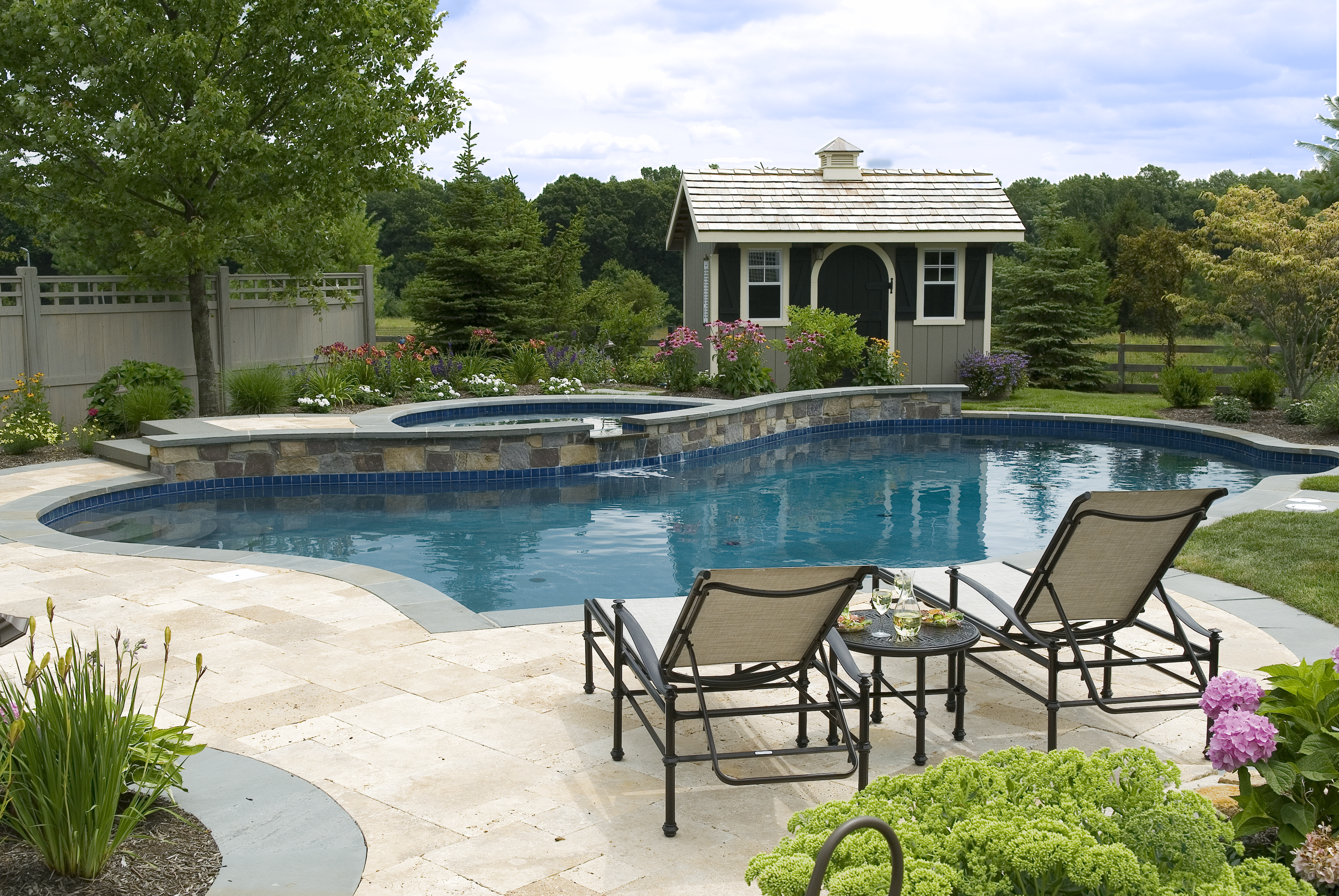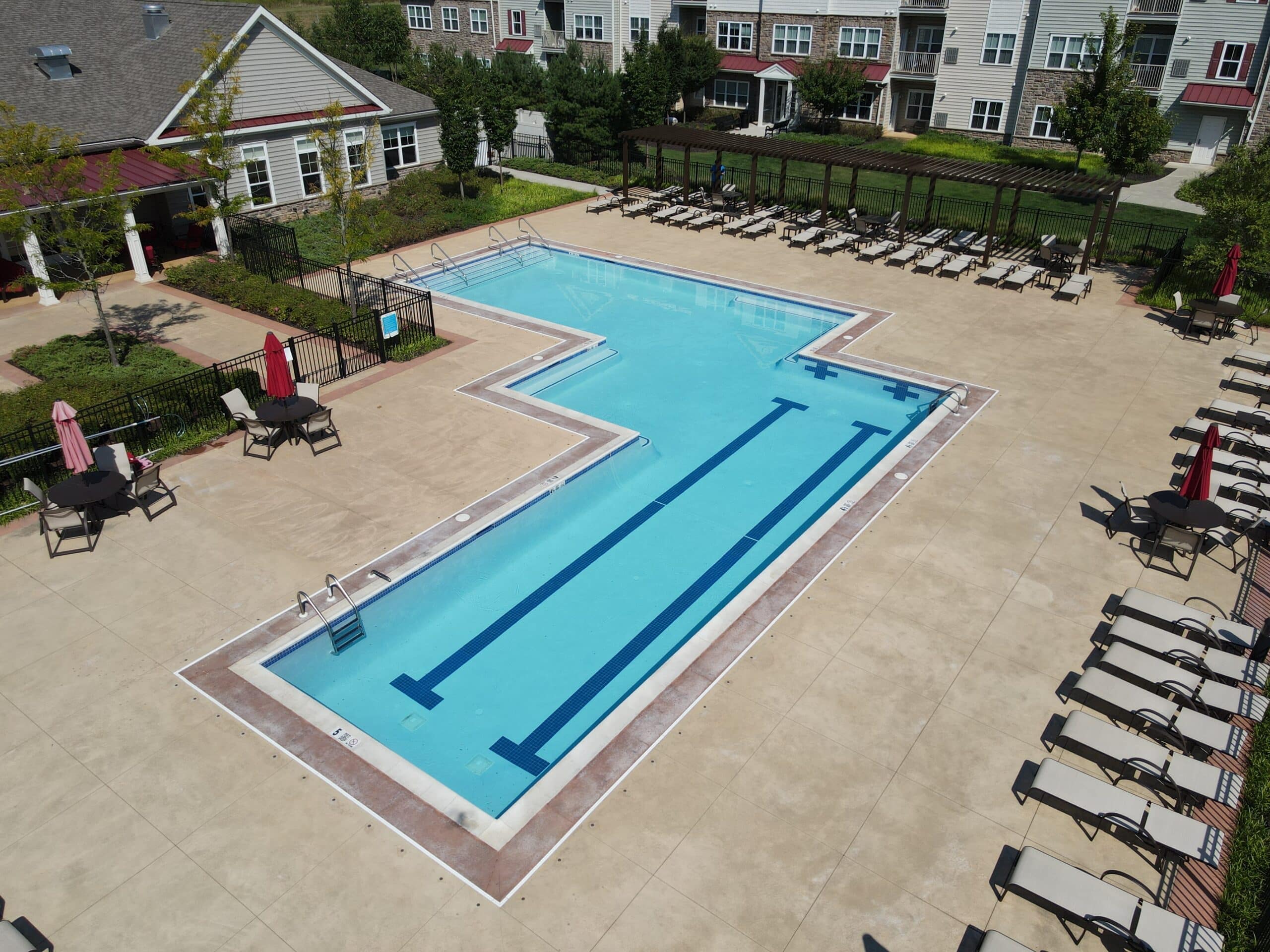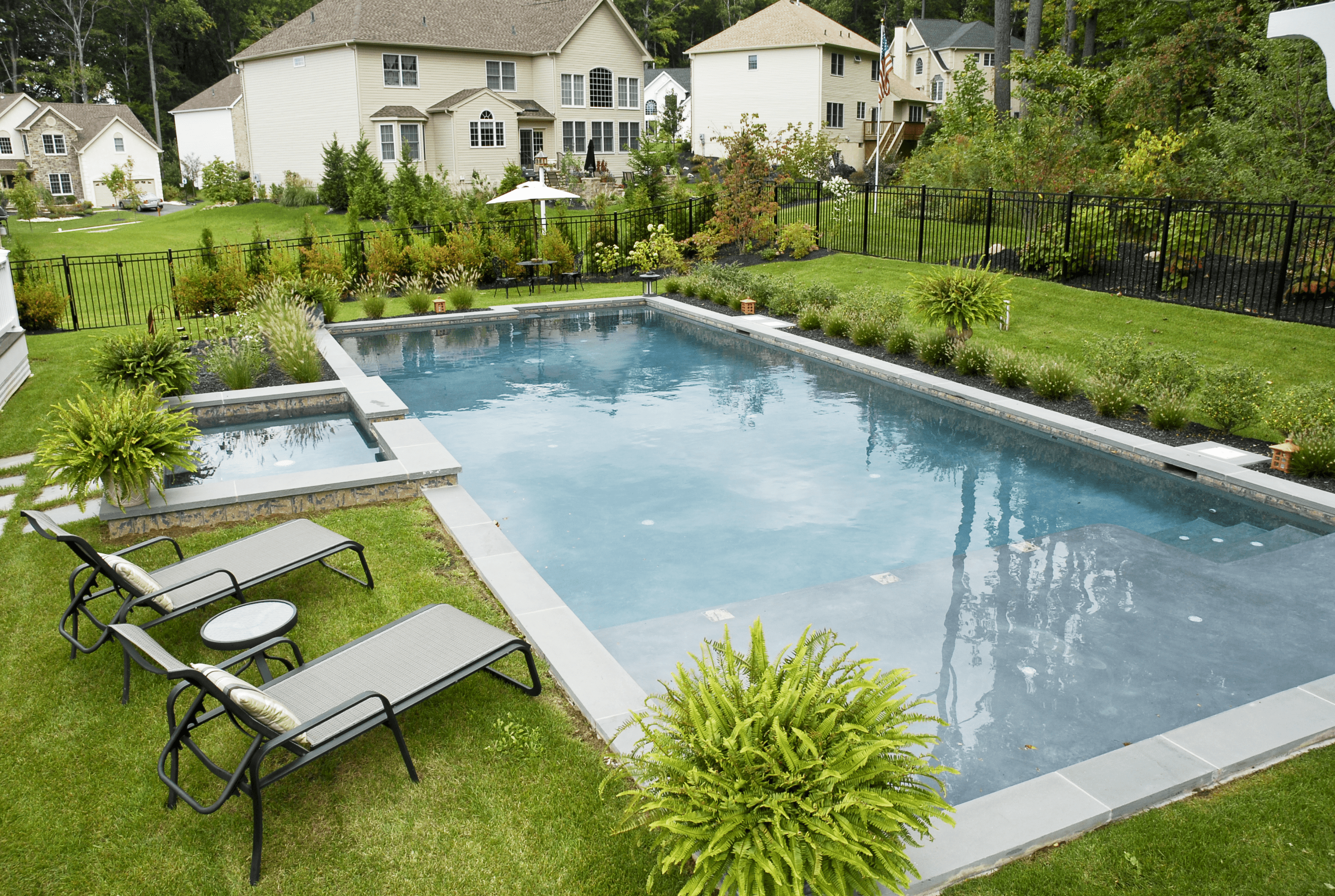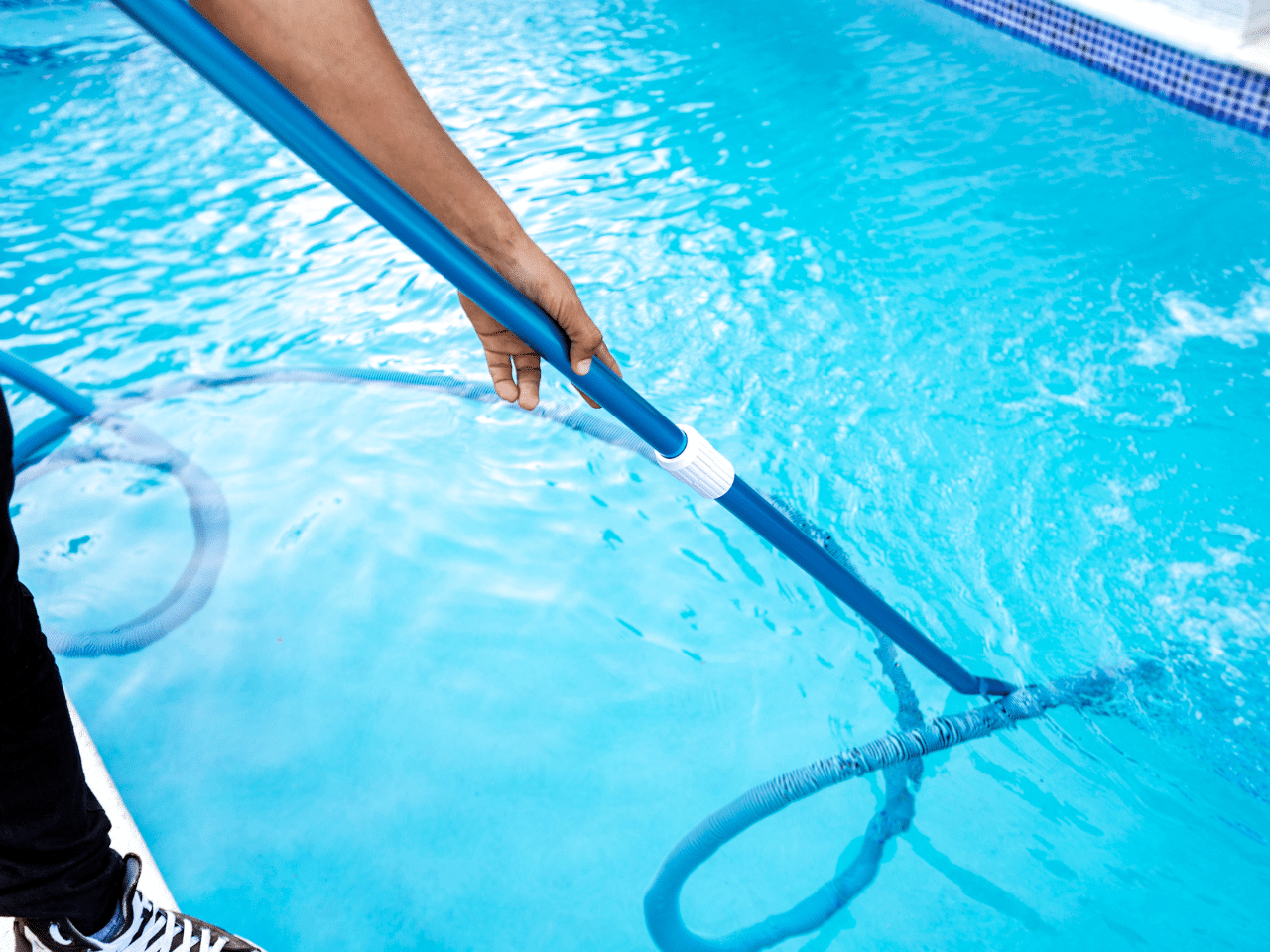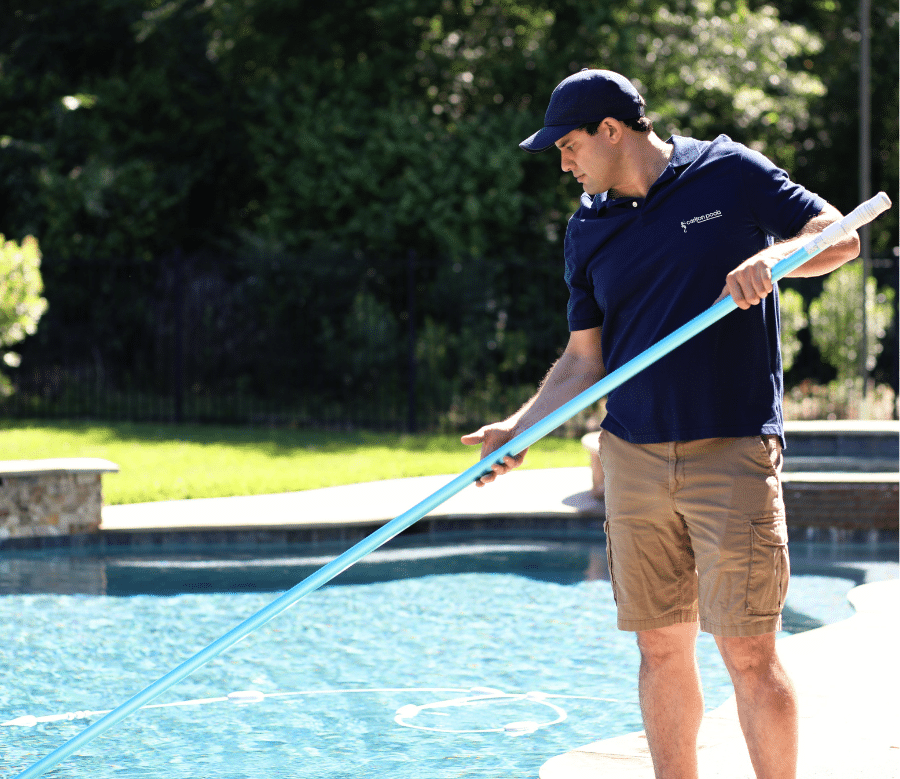
After a heavy rainfall, your pool can end up with more water than it needs, making swimming difficult or even dangerous. Knowing how to drain water from your pool efficiently is key to maintaining its usability and safety.
Our blog will guide you through simple steps to remove excess water and restore your pool’s perfect balance. Get ready for a clear swim!
Steps to Drain Water from Your Pool after Rain
To drain water from your pool after rain, clean the pool deck and manually remove debris. Turn on the pump and filter, brush the pool, vacuum it, and then drain some water. Finally, test and balance the water to ensure it’s ready for use.
Clean the pool deck
Cleaning the pool deck is a crucial step in the process of draining water from your pool after rain. It helps to prevent debris from sliding into the pool, which can clog up your drain and make it harder to get rid of excess water.
Sweep away leaves, twigs, and any other debris that has accumulated on the deck. Doing so ensures your pool’s filtration system doesn’t get overwhelmed during the drainage operation.
Next, hose down the deck thoroughly to remove smaller particles and dirt that might find their way into the pool water. This action keeps your swimming area clean and reduces the amount of work needed for manual removal of debris from the pool.
Manually remove debris from the pool
To ensure proper drainage of the pool after rain, it is crucial to manually remove debris from the pool. This step helps prevent clogging of the drainage system and ensures that the pump and filter operate efficiently during the water removal process.
By physically removing leaves, twigs, and other debris from the pool, you can help maintain clear water and prevent any blockages in the drainage system. Additionally, manual removal of debris also reduces strain on the pump and filter, allowing for a smoother draining process.
Turn on the pump and filter
To begin draining water from your pool after rain, turn on the pump and filter. This essential step initiates the process of moving water out of the pool and into a drainage system.
The pump and filter work together to effectively remove excess water from the pool, allowing for proper maintenance and preventing any potential overflow issues. By activating the pump and filter, you ensure that the water is circulated properly for efficient drainage while also preparing your pool for subsequent cleaning and balancing.
Brush the pool
After cleaning the pool deck and manually removing debris, it’s essential to brush the pool thoroughly. Using a pool brush, scrub the walls and floor to dislodge any remaining dirt or algae.
This helps ensure that all debris is loosened and can be easily vacuumed or filtered out during the drainage process. Brushing also promotes better water circulation, preventing stagnant areas in the pool where contaminants might accumulate.
Engaging in regular brushing not only enhances water quality but also prevents surface staining caused by settled debris. It’s important to incorporate this step into your pool maintenance routine as it contributes to overall cleanliness and efficient drainage processes after heavy rainfall.
Vacuum the pool
Vacuuming the pool is an essential step to ensure the water is free from any remaining debris. Using a pool vacuum, thoroughly clean the bottom and sides of the pool to remove any leftover dirt or leaves.
This will contribute to maintaining a clean and healthy pool environment, aiding in efficient drainage and preventing clogs in the system.
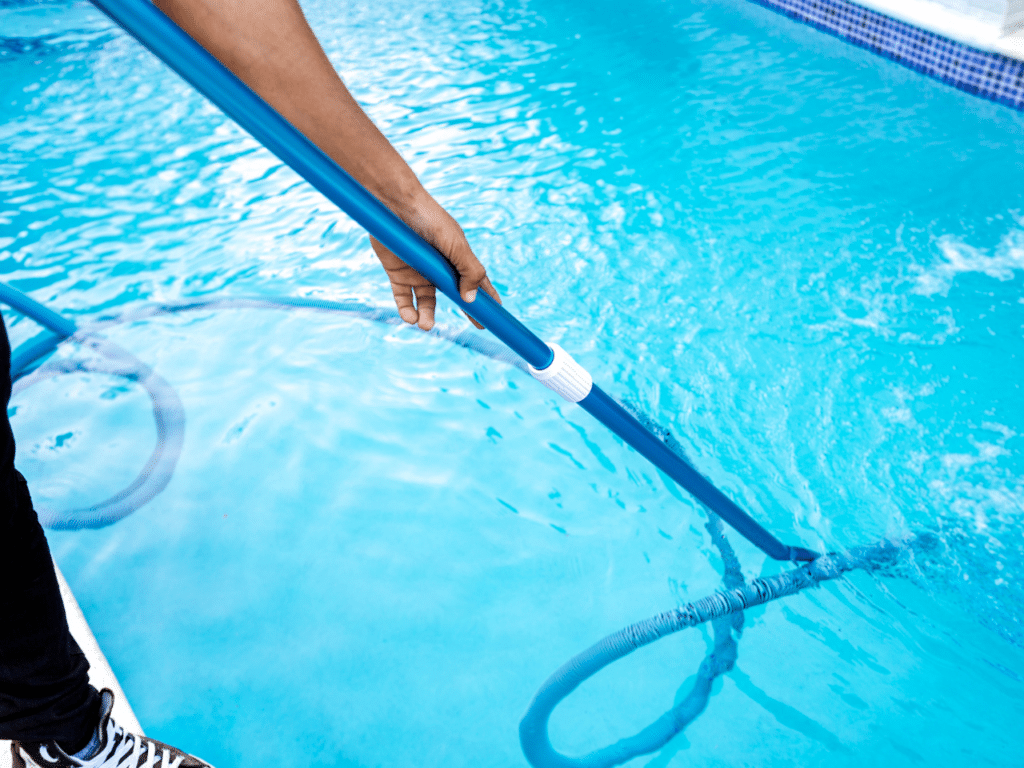
Drain some water from the pool
To drain some water from the pool after rain, create a siphon by dropping a hose to the bottom of the pool. This will help in directing excess water out of the pool. Turning the valve to BACKWASH is also crucial if you are using DE powder for draining.
Additionally, working air out of the pipe and feeding it down into the water helps immensely in effectively draining the pool while maintaining water levels.
Ensuring that drains and skimmers are functioning optimally allows your pool to handle typical rainfall without necessitating drainage after every rainstorm. Proper maintenance and regular checks on equipment enable efficient management of excess water post-rainfall.
Test and balance the water
After draining some water from the pool, use a pool water testing kit to measure the pH, chlorine levels, and alkalinity. Adjust these levels as necessary using appropriate chemicals to ensure that your pool water is clean, safe, and balanced.
Regularly monitoring and maintaining proper chemical balance in your pool is crucial for preventing algae growth or bacteria buildup. Additionally, balanced water helps protect your pool equipment by preventing corrosion or scale formation.
Regular testing and timely adjustments will keep your swimming experience enjoyable while extending the life of your pool.
For free water testing, visit one of Carlton Pool’s retail stores.
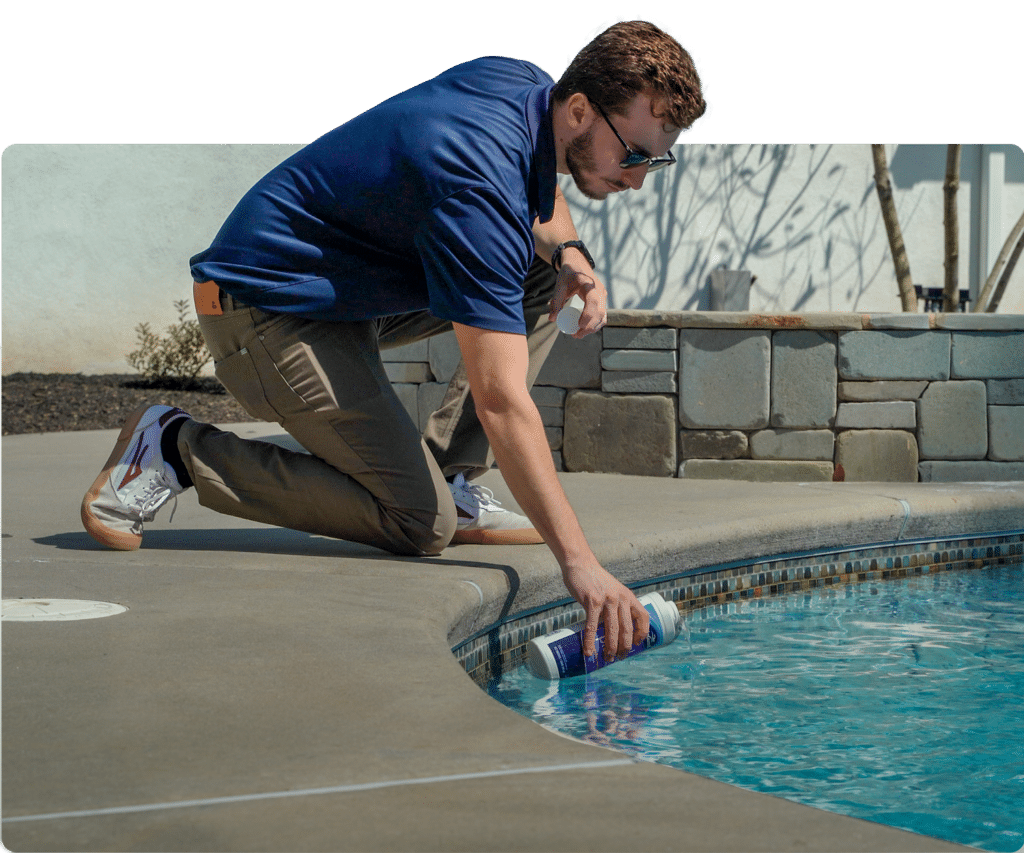
Preparing Your Pool for a Rainstorm
Preparing your pool for a rainstorm involves securing outdoor furniture and pool accessories, disconnecting electrical and gas lines, and preparing the pool water.
Store outdoor furniture indoors
When preparing for a rainstorm, it is crucial to store outdoor furniture indoors to prevent damage from heavy rainfall and wind. Storing these items inside will help maintain their quality and protect them from getting waterlogged or damaged by the elements.
By bringing your outdoor furniture indoors, you can ensure that it remains in good condition and ready for use once the storm passes.
Store pool accessories indoors
When preparing your pool for a rainstorm, it’s crucial to store pool accessories indoors. By keeping items like pool toys, skimmer nets, and cleaning equipment inside, you can prevent them from being damaged or blown away during heavy rainfall.
Storing pool accessories indoors also helps to maintain their quality and prolong their lifespan, ensuring they are ready for use when the weather clears up.
Disconnect all electrical and gas lines
After storing the pool accessories indoors, it is crucial to disconnect all electrical and gas lines. This step ensures safety during a rainstorm as well as prevents any potential damage to electrical or gas components.
By disconnecting these lines, you minimize the risk of electric shock hazards and protect against potential gas leaks in case of flooding. Taking this precautionary measure helps to maintain a safe environment around the pool area while also safeguarding your property from any water-related mishaps.
Maintenance and Prevention Tips
Keep your pool in top condition by using proper pool cover usage, regular cleaning and maintenance, monitoring water levels, and utilizing drain systems effectively. For more valuable maintenance and prevention tips, read the full article!
Proper pool cover usage
To maintain optimal pool water levels and prevent excess rainwater accumulation, using a proper pool cover is essential. A high-quality pool cover not only safeguards the water from contamination but also reduces evaporation, saving significant amounts of water.
During rainy seasons or storms, covering your pool with a sturdy and durable cover is crucial to protect it from overflowing due to heavy rainfall. Additionally, utilizing a reliable pool cover can help in preventing debris and other contaminants from entering the pool, minimizing the need for extensive cleaning and maintenance.
Furthermore, an effective pool cover acts as a barrier against precipitation and prevents dilution of chemicals in the water caused by excessive rainfall. By implementing proper pool cover usage strategies during adverse weather conditions, such as securing the cover tightly to prevent displacement by strong winds or heavy rain, you can ensure that your pool remains protected and its water levels are well-maintained.
Regular cleaning and maintenance
Regular cleaning and maintenance of your pool is crucial to prevent the buildup of debris and contaminants. Skim the water’s surface daily to remove leaves, insects, and other debris.
Clean the filter regularly to ensure proper water circulation and filtration. Additionally, brush the walls and floor of the pool weekly to prevent algae growth and maintain water clarity.

Monitoring water levels
When maintaining your pool, monitoring water levels is crucial. Regularly check the water level to ensure it does not exceed capacity, especially after heavy rainfall. By keeping a close eye on the water level, you can prevent overflow and potential damage to your pool and surrounding areas.
Conclusion
After following these steps, you should be able to drain water from a pool after rain. Keep in mind that proper maintenance and preparation can help prevent significant water accumulation in the future.
Regularly monitor and adjust the water levels to ensure a clean and safe swimming environment for you and your family. Additionally, always store outdoor furniture and pool accessories indoors before a rainstorm to minimize potential damage.
If you need professional assistance, Carlton Pools offers comprehensive pool services to help you maintain and service your pool. Our expert team is equipped to handle all aspects of pool care, from cleaning and maintenance to ensuring optimal water quality. Trust Carlton to keep your pool in perfect condition, so you can enjoy a refreshing and worry-free swim all year round.
FAQs
To remove excess water from your pool, you can adjust the pool pump settings for draining or use manual water removal techniques like using a submersible pump.
You can prevent your pool water overflow by managing the water level through regular drainage and having an efficient rainwater management system in place.
Yes, cleaning your pool deck helps in controlling the water level and assists in preventing unwanted displacement of rainwater into your pool.
When draining your swimming pool, consider environmentally friendly disposal options or reusing the water for garden irrigation, ensuring you comply with local regulations on pool water disposal options.
Weather-related care is crucial for maintaining proper pool water management after rain; it involves adjusting pump settings before expected rainfall and implementing effective pool water evacuation strategies to manage sudden increases in water levels efficiently.

